Topics:
Never Miss a Beat - Get Updates Direct to Your Inbox
FILTER:


5 Elements Every SaaS Marketing Strategy Should Include
By Quiet Light
Over the last several years, opportunities have grown significantly for SaaS companies that provide solutions to everyday problems. However, in order to succeed as a SaaS owner, it’s critical that you implement effective SaaS marketing strategies to launch and scale.
In this article, we discuss:
- What sets SaaS marketing apart from marketing in other business models
- Key elements of successful SaaS marketing strategies
- How to build a SaaS marketing strategy for the specific needs of your business
- A brief hypothetical SaaS marketing case study.


What Is Different About SaaS Marketing?
Marketing strategies share many similarities across different business models and industries. However, the SaaS recurring revenue model creates certain characteristics that set SaaS marketing strategies apart.
In this section, we discuss common SaaS marketing goals, as well as unique SaaS metrics that impact marketing success.
Sales and growth
The goal of your marketing strategy is to generate sales and drive growth. However, your strategies to achieve growth will likely vary depending on the stage of your business.
It is easy to understand how driving growth benefits your business in the short term. However, strong growth also serves to increase your business’ value if you decide that you want to eventually sell your SaaS business in the future.
While driving sales is a common goal for any business model, SaaS companies need to think about several additional aspects when it comes to creating growth. Due to the recurring revenue model, SaaS companies need to be adept at maintaining their customers over time in order to sustain long-term growth. We will discuss this in more detail later on.
Scaling
As your business gains traction, you are able to prove your product viability and marketing strategies. When this happens, the goal of your marketing efforts is focused on dramatically scaling your revenue.
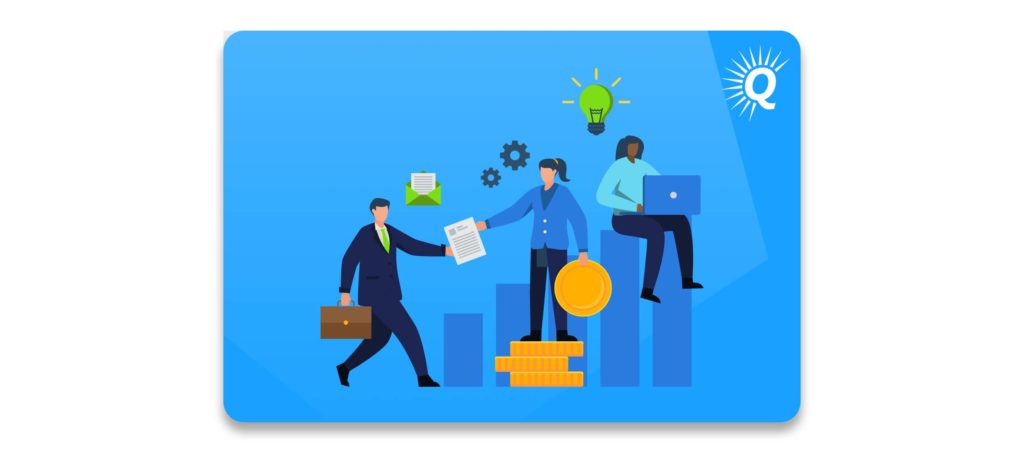

SaaS companies have several advantages when it comes to scaling in comparison with other business models. Since they are based online, they can have a truly global marketplace. For the same reasons, product distribution can take place in a streamlined and cost-effective manner when compared to a physical products business.
Maximize profit
Of course, driving sales and scaling your business is only worth it if you are able to do so in a way that earns a profit. When it comes to the SaaS business model, there are several performance indicators to get right to achieve a profitable business.
SaaS Key Performance Indicators
One of the aspects that sets the SaaS model apart is the capacity for generating recurring revenue. There are several metrics that SaaS owners need to pay attention to to get the most out of their marketing efforts, including some that are unique to SaaS companies. These include:
- Customer acquisition cost
- Average revenue per customer
- Churn rate
- Customer lifetime value
- Conversion rate
Customer acquisition cost
The customer acquisition cost, or CAC, refers to the average cost per new customer acquired. To calculate the CAC, take the number of new customers acquired in a given period and divide that number by the total marketing expense during the same period.
Of course, it is important to keep your customer acquisition cost as low as possible. Keep in mind that each customer represents months or years of recurring revenue. As a rule of thumb, it is advisable to keep your CAC low enough that you can recoup the cost in 12 months or less.
Conversion rate
One of the advantages of the SaaS business model is the ability of a company to offer a free trial for a limited period of time. At the end of the trial, the customer has the option to sign up as a paying customer if they want to maintain access to the service.
Conversion rates can refer to many different aspects of a business. When it comes to SaaS companies, the conversion rate often represents the number of people who become paying customers divided by the number of people who were on a free trial.
Obviously, you want your conversion rate to be as high as possible. If your conversion rate dips, your CAC will rise. Paying attention to your conversion rate is crucial to creating a successful marketing strategy.
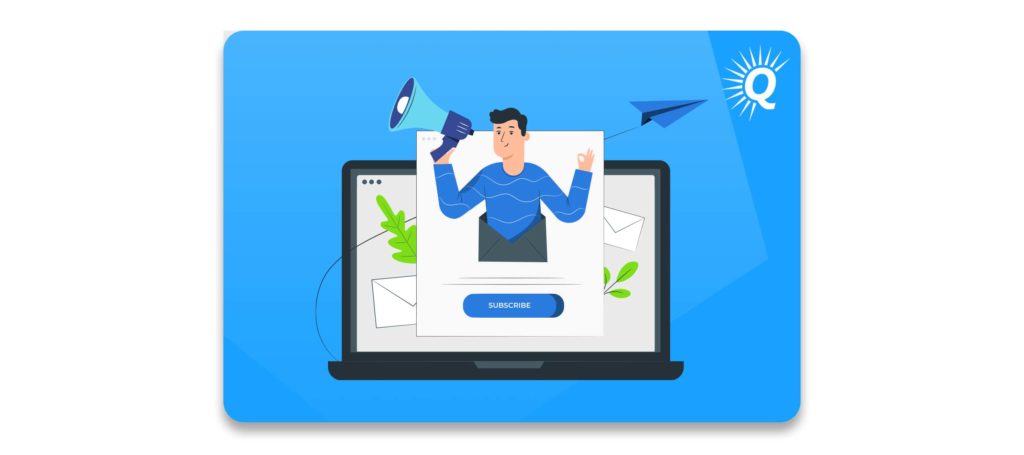

Your conversion rate will depend largely on how useful the customer finds your product during the trial. However, email marketing, discussed later, also plays a role. Minimizing email mistakes and developing a comprehensive strategy will pay huge dividends to your bottom line.
Average revenue per customer
Many SaaS companies offer different levels of service and different payment options to attract a range of customers. The average revenue per customer, or ARC, takes these varying customer types and calculates the average revenue that each customer generates.
Average revenue per customer is calculated by dividing the total revenue by the total number of active customers.
Churn rate
Even if you are generating new paying customers at a low cost, your efforts will be hampered if you have poor customer retention. The churn rate captures the rate at which paying customers cancel their subscriptions.
To calculate your churn rate, take the number of customers who cancel their subscription in a given period and divide it by the total number of remaining customers.
Thinking of Selling Your Business?
Get a free, individually-tailored valuation and business-readiness assessment. Sell when you're ready. Not a minute before.
Obviously, you want to keep your churn rate as low as possible. In fact, many SaaS experts maintain that the churn rate is the single most important metric to pay attention to.
Of course, churn has to do with many factors, most obviously the quality of your product. However, having a solid customer success strategy in place is crucial for minimizing churn.
Customer lifetime value
The customer lifetime value refers to the value that a customer provides to the company over the lifetime of their relationship with your business.
Customer lifetime value, or LTV, is calculated by taking the lifetime revenue that a customer generates and subtracting their acquisition costs from that number.
There are many different aspects to think about when creating and evaluating your SaaS marketing strategy. However, due to the popularity of the SaaS business model, it is possible to find a lot of tips for success online.
5 Elements of Successful SaaS Marketing Strategies
Let’s take a look at the specific steps that successful SaaS marketing strategies share in common. These steps include:
- Defining your target customer
- Establishing your goals
- Determining your budget
- Choosing your marketing channels
- Implementing, analyzing, and refining
Define your target customer
The first step in any worthwhile marketing plan is developing a thorough understanding of your target audience. This includes:
- Clearly defining who they are
- Learning where they spend their time and how to reach them
- Understanding their needs and psychology
You don’t need to try to sell your service to everyone. Doing so is a shortcut to frustration and failure.


Instead, you first want to get an idea of the type of person who would benefit from your product. Then, learn how to reach out to them in a way that creates interest in your software service. This phase involves doing thorough research into your target audience.
As you become more attuned to your target customers, you will be able to interact with them in ways that build customer trust.
Establish your goals
No strategy is likely to succeed without first knowing exactly what it is you are trying to accomplish. Clearly setting your marketing goals in the early stages of strategy creation is crucial for eventual success.
When you set your marketing goals, it is wise to make them measurable, timely, attainable, and in line with the larger overall goals of your SaaS business.
Setting clear goals will make it a lot easier to choose marketing strategies and channels that get you the results that you are looking for.
Determine your budget
Another crucial early step is determining and setting your marketing budget. Your marketing plan and approach may differ depending on the amount of money available for your marketing efforts.
Buy a Profitable Online Business
Outsmart the startup game and check out our listings. You can request a summary on any business without any further obligation.
For example, let’s say you are working with limited resources and a smaller team in order to get your company off the ground. In this situation, you may only be able to choose marketing strategies that require minimal financial investment, at least initially.
However, if you are running a SaaS business that has strong investor backing, you and your team may have the luxury of implementing more rapidly scalable and more expensive channels. This will allow you to gain valuable information regarding your customers in a shorter time period.
Choose marketing channels
Once you have clearly defined your target customers, established your goals, and developed your budget, it is time to start choosing your marketing channels for implementation. Options include:
- Content marketing
- Paid advertising
- Influencer and affiliate marketing
- Email marketing
Content marketing
Content marketing includes blog posts, videos, social media marketing, search engine optimization best practices, and more.
On the one hand, it can take some time for your SaaS content marketing efforts to build momentum and generate customers.
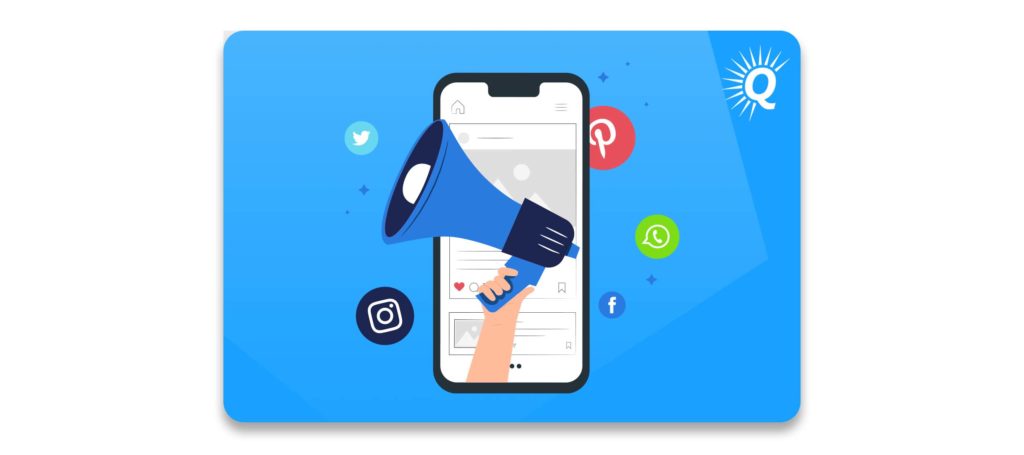

If done correctly, however, content generation can be a very powerful marketing tactic. Over time, it can generate a significant number of leads, create brand awareness, and drive customer trust. Additionally, once a piece of content is created, it can continue to work for your business long into the future.
Paid advertising
Paid advertising may include, but is not limited, to:
- Instagram ads
- Facebook ads
- Google ads
- YouTube ads
One of the advantages of paid advertising is that it allows you to reach a large number of potential customers in a relatively short period of time. If done correctly, paid advertising can be a powerful way to generate leads and customers. Additionally, it allows you to quickly gather information regarding your target demographic, allowing you to refine your marketing efforts as you move forward.
The obvious downside to paid advertising is that it can get expensive. If you have a smaller marketing budget, paid advertising may not be right for you at this stage. Additionally, simply spending money to place ads is no guarantee of success. Paid advertising requires a certain level of expertise in order to be successful.
Influencer and affiliate marketing
As your business gains some traction, it is possible to partner with trusted influencers or affiliates who have a presence within your field or industry. By doing so, you are able to get your message out to their audience in return for some compensation. The compensation is often tied to sales generated from their audience list.
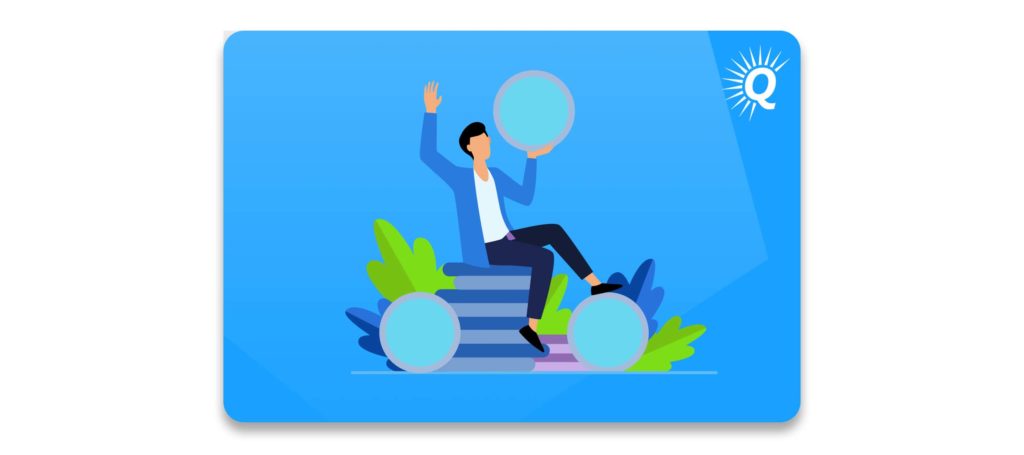

If done correctly, affiliate and influencer marketing can be a very effective SaaS marketing strategy. However, it is important to choose partners that will represent and advertise your company in a manner consistent with your message and values.
Email marketing
A significant portion of outbound marketing efforts does not result in direct sales right at the point of initial contact. Instead, it serves to generate leads in the form of an ever-growing email list.
Your email list is full of prospective customers. You have the opportunity to engage with them, build trust, and grow your relationship. With the right approach, each lead on your email list has the opportunity to become a paying customer.
As such, it is very important for any SaaS business to have an effective email marketing strategy in place. Without one, you would be passing up on one of the most effective tools available to you for generating paying customers.
Implement, analyze, refine
Digital marketing is all about educated trial and error, even for the best SaaS marketer. Once you have initiated your chosen marketing strategies, it is important to gather and analyze information regarding the performance of your campaigns. Google Analytics and other tracking systems make this process a lot easier.
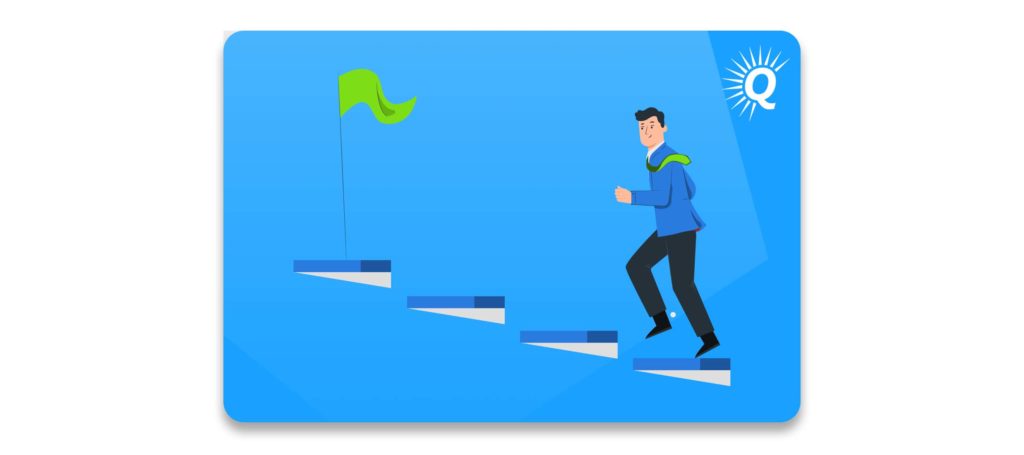

Additionally, it is crucial to pay attention to key SaaS metrics in order to understand how the marketing campaign is affecting the overall performance of your company.
Armed with all of this information, you can then revisit your marketing strategy, make changes as necessary, and then implement your new strategy. This allows you to both eliminate mistakes as well as capitalize on your wins. As you continue this process, you can gradually grow and strengthen your marketing efforts.
Build a SaaS Marketing Strategy For Your Business
Every SaaS company is unique. As such, every SaaS business should have a marketing strategy that meets its specific needs. Below, we review some different aspects to think about when creating the right marketing strategy for your company.
Know your spending capabilities
One of the obvious aspects that determines which SaaS marketing strategies are right for your business is your budget. Before getting going, it is crucial to determine your marketing spending capabilities.
Thinking of Selling Your Business?
Get a free, individually-tailored valuation and business-readiness assessment. Sell when you're ready. Not a minute before.
If your budget is on the smaller side, it may not be prudent, or possible, to invest in paid advertising as an early acquisition strategy. In this situation, it may make more sense to develop and execute a content marketing strategy. While this can take time to work, the financial investment can be minimized if you are willing to create the content yourself.
It is important to maintain realistic goals depending on your budget. If you have limited spending capabilities, you shouldn’t necessarily expect to see dramatic growth in a short period of time.
Choose strategies appropriate for the stage of your business
Budget constraints aside, your marketing strategy will likely change depending on the stage that your business is in. The tactics that you choose in the beginning may be different than the tactics that you choose further down the line.
During the initial stages of your business, it is best to focus on testing and refining your product features, gaining information about your target audience, and refining your messaging. In this phase, you don’t necessarily need to generate a large number of leads or customers. Instead, you just need to reach enough customers in order to accomplish your testing and refining goals.
Once your product has been tested and proven, and you have gained more information regarding your audience, it is time to start scaling your marketing efforts. In this stage, you can take the knowledge and success that you have achieved and use it to reach a larger audience.
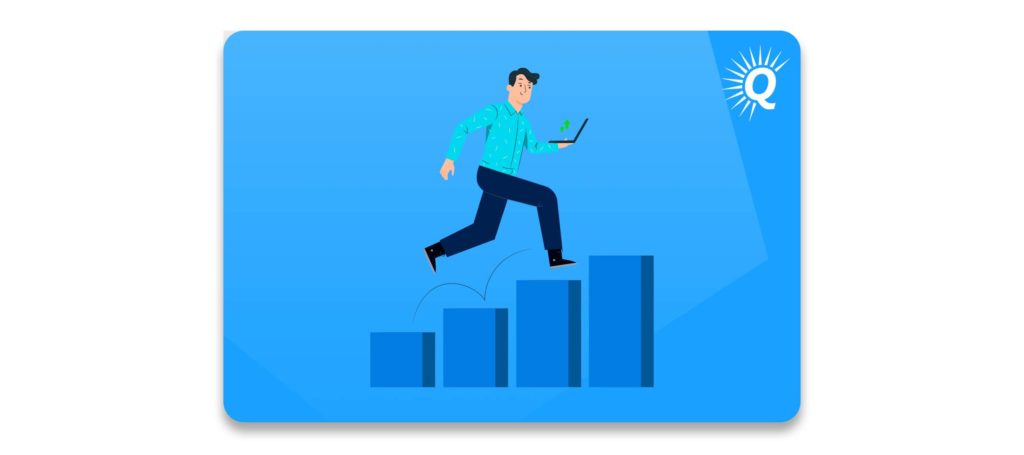

As your focus shifts to generating larger numbers of leads and customers, so too do your strategies. In addition to maintaining or scaling your content marketing efforts, you may want to consider creating paid advertising campaigns as long as your budget can support these efforts.
Additionally, as your business gains some level of success and starts to establish itself, you can also implement affiliate and influencer marketing campaigns.
SaaS Marketing Strategy Example
Below is a brief hypothetical example of a potential SaaS marketing strategy.
Early stages
You and a small team have just built out a SaaS product that allows users to track and record previous meals, as well as plan future meals, in order to pursue various fitness goals like weight loss or muscle gain. The name of your company is Meal Coder.
Once a working product is complete, it is time to start attracting small numbers of customers in order to test the initial product. At this stage of the game, your budget is extremely limited. You have no revenue and no outside funding.
The person on your team responsible for marketing, Anthony, uses your collective input in order to create a buyer persona. A buyer persona is a fictitious person that represents your target customer. You and your team believe that athletes, bodybuilders, and those interested in nutrition are the people that will be most likely to subscribe to your service.
Buy a Profitable Online Business
Outsmart the startup game and check out our listings. You can request a summary on any business without any further obligation.
Based on this hypothesis, Anthony builds a social media presence and reaches out to fitness and health communities through Facebook, Instagram, and other platforms. At the same time, he regularly writes and publishes an informative blog on the Meal Coder website highlighting different aspects of meal tracking.
Gaining Traction
Your marketing efforts pay off and you attract around 50 product subscribers, largely due to free trial offers. In addition, you also gain around 1000 subscribers to your email list. By doing so, you prove that there is some level of demand for your product.
Importantly, you learn several things. First, your customers would also like to see a recipe and meal suggestion feature, as well as a shopping list generator. Your team quickly builds out these features within the app.
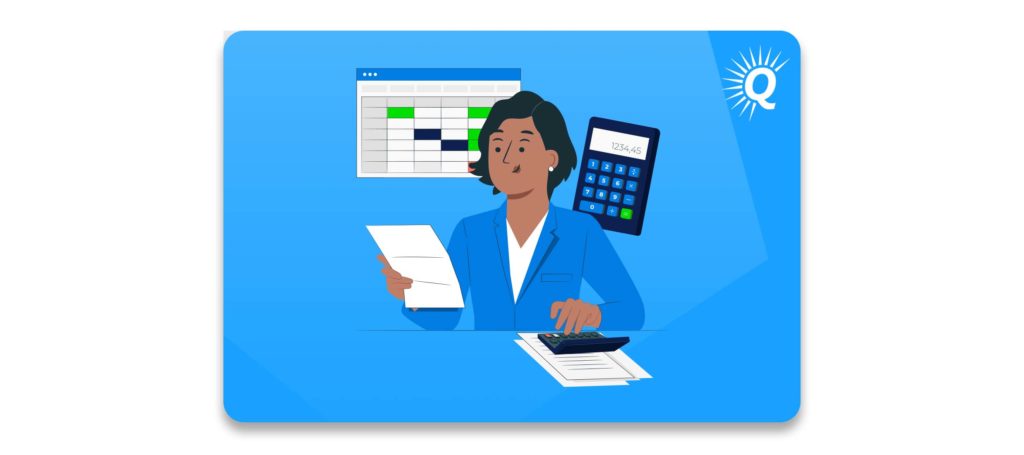

Additionally, you learn that there is a large demand for meal tracking and planning services from individuals who have dietary allergies or sensitivities, a market demographic that you didn’t initially anticipate. This information allows you to refine your buyer persona and marketing message in order to reach this new audience.
Scaling
With this early limited success, you are able to attract a modest amount of startup funding. With the additional funding, Anthony hires a content marketer and doubles down on content marketing efforts. Additionally, he implements strategy changes based on the lessons learned earlier.
At this stage, your goals partially shift to generating more leads and customers. At the same time, you know that you have further testing and refining to do for both your product as well as your messaging.
In addition to your content marketing efforts, Anthony hires a paid advertising expert who quickly implements limited Google, Facebook, and Instagram ads. As this process is refined, you start to see your email list and customer base grow rapidly.
Affiliate Relationships and Influencers
Anthony and the growing marketing team also initiate relationships with affiliates and influencers and create several test campaigns. While many fail to get off the ground, some are successful at generating additional leads and customers.
As your email list grows, Anthony and his team ramp up their email marketing efforts, consistently nurturing your leads and making product offers when appropriate. As a result of these efforts, the number of paying customers increases dramatically.
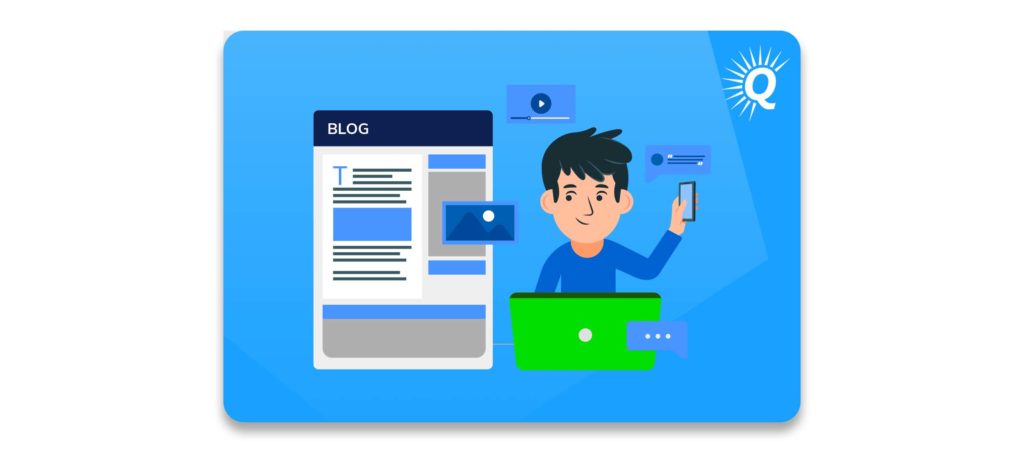

At this point, you have your social media and content strategy, your paid advertising efforts, and your affiliate program all in place. In addition, you have a solid email marketing strategy that is successful in turning leads into paying customers. Your SaaS marketing plan is coming into focus.
Throughout this process, your marketers need to pay close attention to your customer acquisition costs, churn rate, and other key SaaS metrics in order to ensure profitability.
Moving forward, you will continue to make improvements to your product and messaging efforts, as well as your sales process. However, you also now have the systems, knowledge, and resources to massively scale your marketing efforts in order to generate significant revenue growth.
Conclusion
Having the right SaaS marketing strategy is crucial for finding success. By choosing the right marketing approach based on the stage of your business and the resources you have on hand, you can drive growth at every step of the way.





